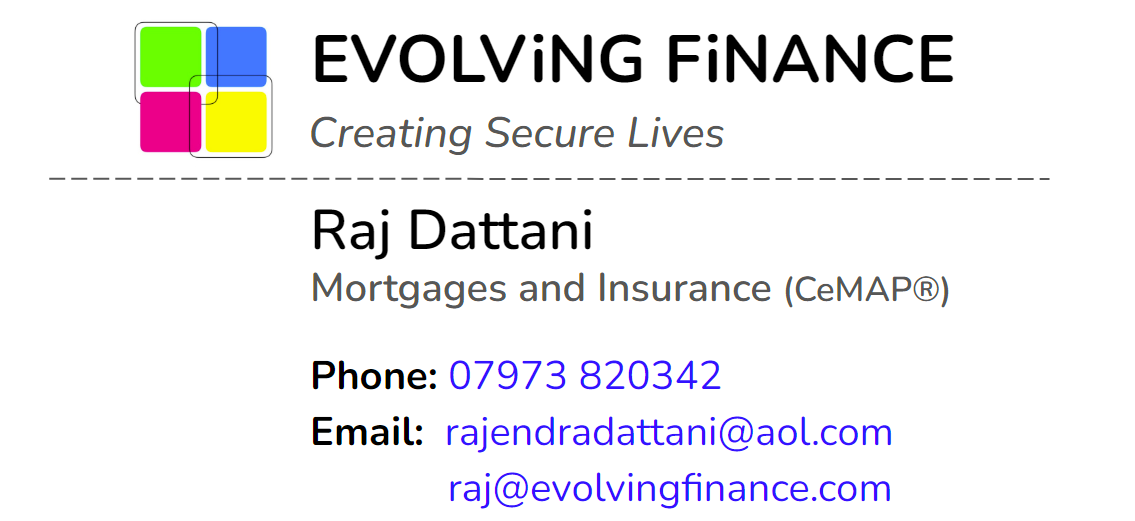Buy To Let (BTL)
Buy-to-let Mortgages
Buy-to-let (BTL) mortgages are specifically for individuals who wish to buy residential property which they intend renting to tenants. Although a BTL mortgage is similar in a number of respects to a standard residential mortgage, there are some significant differences between the two.
Eligibility and lending criteria
Most banks and building societies (and some other financial institutions) offer BTL mortgages, but terms, conditions and costs vary enormously.
Some mortgage providers will not lend to individuals who are under 25 years of age or earn less than £25,000 a year. Lenders may impose an ‘upper’ age limit on the term of the mortgage by insisting that the mortgage is repaid in full before the borrower reaches a certain age — 70 is not untypical.
Flats, newly built property, former local authority-owned properties — or properties which are priced below a certain value — can be unacceptable to lenders. Lenders may also restrict the number of BTL mortgages a borrower can have with them at any one time. Or the lender may impose a ‘cap’ on the total amount of BTL funding they are prepared to advance to a borrower.
Credit record
In common with a standard residential mortgage, the potential lender will take account of your personal credit rating. If you have any unpaid debts, County Court Judgements — or you have failed to make previous or existing loan repayments on time — the lender may not want to take you on as a BTL borrower.
Affordability
When considering their decision to make an advance or not, lenders will also take into account the amount of rent the borrower is hoping to realise from the property. Unlike a standard residential mortgage, most lenders view the property’s rental potential — rather than the borrower’s salary — as the primary source of income for servicing the loan.
For that reason, BTL lenders like to see a situation where the rental income covers at least 125% of the monthly interest payment. In other words, if your monthly mortgage payment is £1,000, the monthly rent should be a minimum of £1,250. (The borrower’s projections in terms of rental income must be verified by an independent source.) The difference between the two figures should help you meet your mortgage repayments when no rent is being received, or when repairs need making to the property.
Deposit
Typically, the highest loan-to-value (LTV) mortgage available on a BTL basis is 75% — i.e. you will need a deposit of at least 25% of the property’s purchase price to proceed. Borrowers who are able to put down substantially more than the minimum 25% deposit (40%+ for example) will usually qualify for more favourable rates of interest.
Interest rate
Because BTL mortgages represent more of a risk for lenders than standard residential mortgages, BTL borrowers tend to be charged higher rates of interest.
